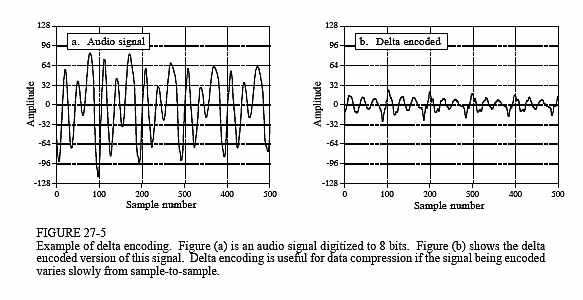The Scientist and Engineer's Guide to
Digital Signal Processing
By Steven W. Smith, Ph.D.
Book Search
Table of contents
- 1: The Breadth and Depth of DSP
- 2: Statistics, Probability and Noise
- 3: ADC and DAC
- 4: DSP Software
- 5: Linear Systems
- 6: Convolution
- 7: Properties of Convolution
- 8: The Discrete Fourier Transform
- 9: Applications of the DFT
- 10: Fourier Transform Properties
- 11: Fourier Transform Pairs
- 12: The Fast Fourier Transform
- 13: Continuous Signal Processing
- 14: Introduction to Digital Filters
- 15: Moving Average Filters
- 16: Windowed-Sinc Filters
- 17: Custom Filters
- 18: FFT Convolution
- 19: Recursive Filters
- 20: Chebyshev Filters
- 21: Filter Comparison
- 22: Audio Processing
- 23: Image Formation & Display
- 24: Linear Image Processing
- 25: Special Imaging Techniques
- 26: Neural Networks (and more!)
- 27: Data Compression
- 28: Digital Signal Processors
- 29: Getting Started with DSPs
- 30: Complex Numbers
- 31: The Complex Fourier Transform
- 32: The Laplace Transform
- 33: The z-Transform
- 34: Explaining Benford's Law
How to order your own hardcover copy
Wouldn't you rather have a bound book instead of 640 loose pages?Your laser printer will thank you!
Order from Amazon.com.
Chapter 27: Data Compression
In science, engineering, and mathematics, the Greek letter delta (Δ) is used to denote the change in a variable. The term delta encoding, refers to

several techniques that store data as the difference between successive samples (or characters), rather than directly storing the samples themselves. Figure 27-4 shows an example of how this is done. The first value in the delta encoded file is the same as the first value in the original data. All the following values in the encoded file are equal to the difference (delta) between the corresponding value in the input file, and the previous value in the input file.
Delta encoding can be used for data compression when the values in the original data are smooth, that is, there is typically only a small change between adjacent values. This is not the case for ASCII text and executable code; however, it is very common when the file represents a signal. For instance, Fig. 27-5a shows a segment of an audio signal, digitized to 8 bits, with each sample between -127 and 127. Figure 27-5b shows the delta encoded version of this signal. The key feature is that the delta encoded signal has a lower amplitude than the original signal. In other words, delta encoding has increased the probability that each sample's value will be near zero, and decreased the probability that it will be far from zero. This uneven probability is just the thing that Huffman encoding needs to operate. If the original signal is not changing, or is changing in a straight line, delta encoding will result in runs of samples having the same value.

This is what run-length encoding requires. Correspondingly, delta encoding followed by Huffman and/or run-length encoding is a common strategy for compressing signals.
The idea used in delta encoding can be expanded into a more complicated technique called Linear Predictive Coding, or LPC. To understand LPC, imagine that the first 99 samples from the input signal have been encoded, and we are about to work on sample number 100. We then ask ourselves: based on the first 99 samples, what is the most likely value for sample 100? In delta encoding, the answer is that the most likely value for sample 100 is the same as the previous value, sample 99. This expected value is used as a reference to encode sample 100. That is, the difference between the sample and the expectation is placed in the encoded file. LPC expands on this by making a better guess at what the most probable value is. This is done by looking at the last several samples, rather than just the last sample. The algorithms used by LPC are similar to recursive filters, making use of the z-transform and other intensively mathematical techniques.
